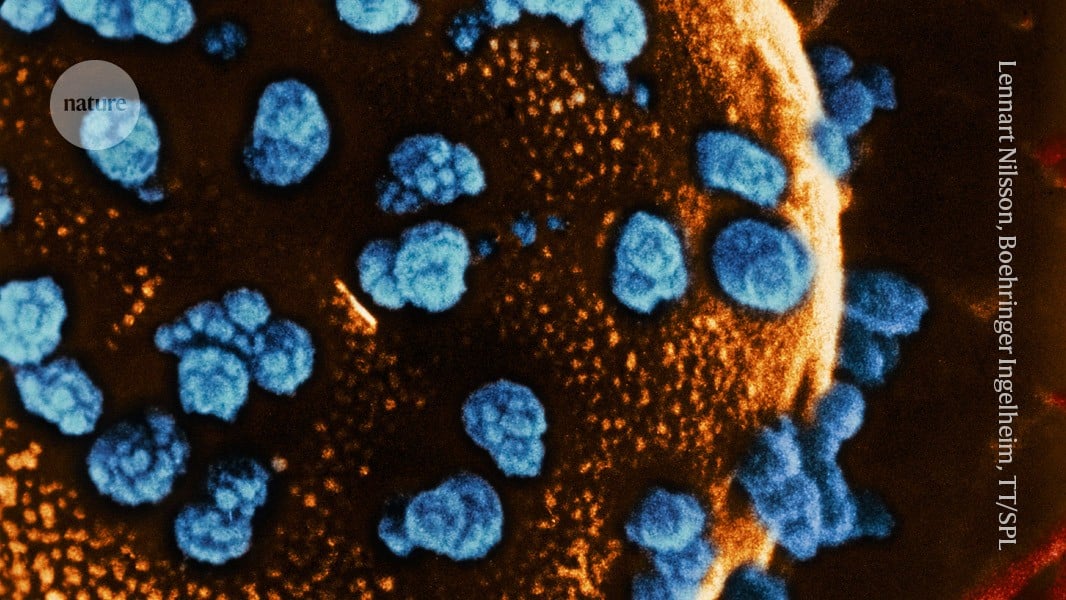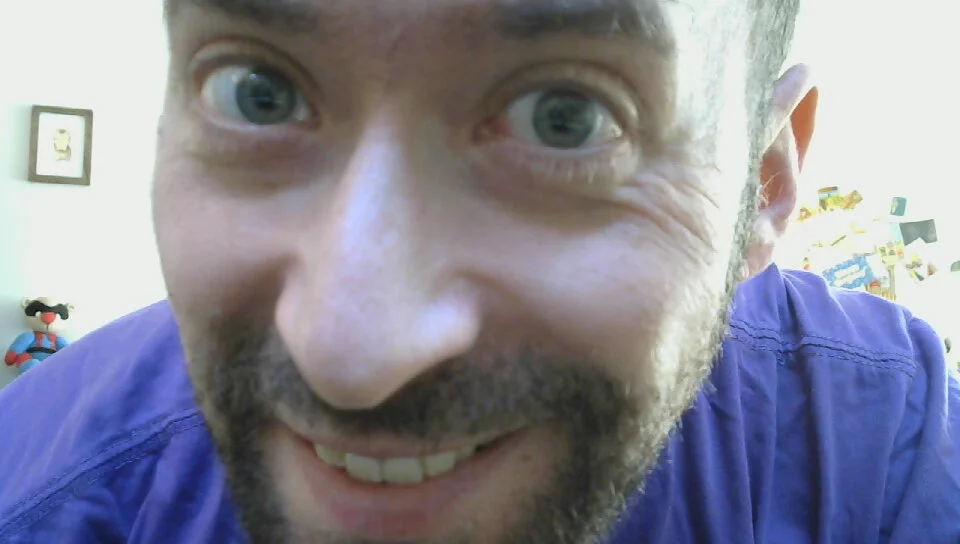- cross-posted to:
- [email protected]
- cross-posted to:
- [email protected]
cross-posted from: https://lemm.ee/post/43470228
This is so exciting. I worked in a lab where we were trying to do this, and so I was very aware what a gold rush we were in. I’m so glad to see that it’s actually happening.
This is truly a watershed moment in science. This is going to mark a major turning point in cellular medicine from theory to commonplace care. Eventually, this will end the pharma industry’s insulin cash cow.
But it’s even bigger than that. Because once we can engineer cells that produce a natural product, the next step is to engineer cells that produce synthetic medicines. Antidepressants, birth control, hormones, weight loss drugs, boner pills… The frontier is huge, lucrative, financially disruptive for pharma companies and life changing for patients. This is a big moment in history, and we all need to be fighting harder than ever to end for-profit healthcare. Otherwise we’re going to end up with subscription licenses to our own bodies.
I dream of the day I can get my own brain to actually create normal levels of dopamine that I don’t get addicted, then tolerant, to.
Like the custom endocrine systems
of combat sleeves in Richard Morgan’s Altered Carbonedit: I think I was thinking of Iain M Banks’ “Culture” series actually, but both are worth a read! Need to be strong or fast? Just give yourself a little squirt of adrenaline! Time for slow heart rate and low energy use? Slow-release a skoche of acetylcholine.You make a good point about subscriptions. The repo when you stop paying would be pretty grim.
i mean you weren’t actually off on the altered carbon, it just isn’t described in as much detail, but is effectively the same thing ;)
Thirteen, also by richard morgan, features similar themes as well!
Expanse does too, though it isn’t common in that world.
I agree this is amazing and huge, but for my own sanity, what stops someone from engineering cells that do bad?
Ethics.
Which is to say not a lot.
But it’s not really a practical attack vector, if you’re worried about weaponisation. Simpler to just dump VX into the air.
That do bad in which way? Cells tend to die pretty quickly if you don’t look after them properly. Which costs a shit ton of money depending on the type of cell. So not the best weapon overall
We need to call them something other than “stem cells” (here in America, at least). Republicans have trained people to assume that stem cells can only come from aborted fetuses, and that will be a major hurdle to overcome for any procedure involving “stem cells”.
If you say that 1+1=2 and they say that 1+1=3, what should be done?
That’s an excellent question. I wish I knew the answer.
Then you need to read “1984” to the end (the book, not the movie)
Yup,
2 + 2 = 5, I love big brother.BTW, reading Julia right now, which is the same setting, but with more graphic language and a dose of feminism. Will probably follow up with a re-read of 1984, it’s been a few years.
I suppose it depends on your goals - for a child or pet, is it okay to lie to them or simply force the issue, whereas for an adult human, how far should someone go to remove from them the consequences of their own actions?
Interesting article about the changing language surrounding climate change. Like now it’s starting to become climate emergency/breakdown/crisis, but before any of that it was global warming, and in the 80s apparently it was “inadvertent climate modification”.
Never forget that behind the mobs is a controller.
If progress can be made by being a week (more likely years) earlier than them on terminology to actually achieve progress. I’m here for it.
For examples, please see: The change in nomenclature from UFO to UAP and how that has played out in mainstream media and government.
If you say that 1+1=2 and they say that 1+1=3, what should be done?
1 should be renamed to 2, obviously.
/s
Patriot cells.
Freedom cells 🇺🇸 🦅
I don’t think anyone in the U.S. where I am from has a memory that lasts beyond the last 10 political lies anymore. That’s why we are having these issues.
So, the first few minutes of any politician opening their mouth?
Ah yes, like how “fusion” somehow isn’t “nuclear”.
Well, “nuclear” has come to mean “fission,” because that’s how it’s used in every nuclear energy system today. “Fusion” isn’t something that exists in a meaningful way outside of science labs.
So I think that association is fair. If you mean “fusion,” you should say “nuclear fusion.”
Are you meaning because people are excited about “fusion” being a possible future energy source, whereas when they here “nuclear” their minds immediately go to weapons and fission accidents and pollution?
Correct.
I asked chatGPT how stem cells are collected:
From embryos: In the very early stages of development (usually from leftover embryos from fertility treatments), stem cells can be extracted. These are called embryonic stem cells and have the potential to turn into any cell type in the body.
From adult tissues: Adults have stem cells in certain parts of their bodies, like the bone marrow, fat tissue, and blood. These are called adult stem cells and can usually turn into a few specific cell types (not as flexible as embryonic ones).
From umbilical cord blood: After a baby is born, the blood from the umbilical cord and placenta is rich in stem cells. These cells are collected and can be stored for future medical use.
Induced pluripotent stem cells (iPSCs): Scientists can take regular cells from the body, like skin cells, and reprogram them in a lab to behave like stem cells. These lab-created stem cells can act like embryonic stem cells and turn into many different types of cells.
TIL
ChatGPT, a notoriously reliable source
Did you ask it how to keep cheese on pizza after that?
What exactly did you learn? If it’s that there are a number of different types of stem cells, then we really need to improve scientific communication to the average person. I learned this kind of thing because I’m interested, but I thought this was being taught to kids since they were an active area of research (something like 15-20 years?).
That is so fucking cool. With all the terrible shit, hearing that there’s still progress on stuff like that is fantastic.
OK, next step would be stopping your stupid immune system attacking your β-cells.
The whole field of stem cell research really excites me because it has so many potential applications. This is amazing news and makes me all the more excited for similar breakthroughs in the future!









